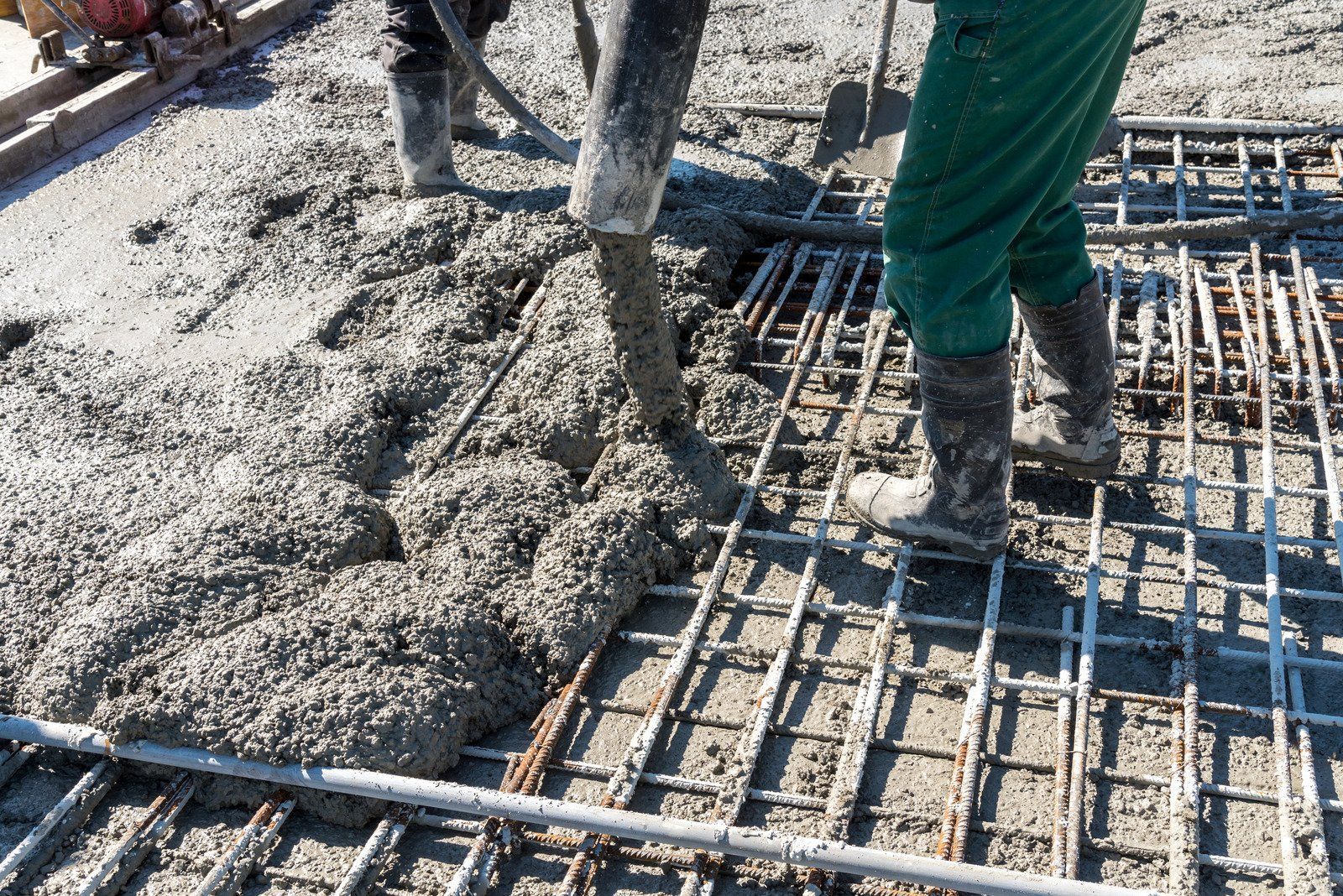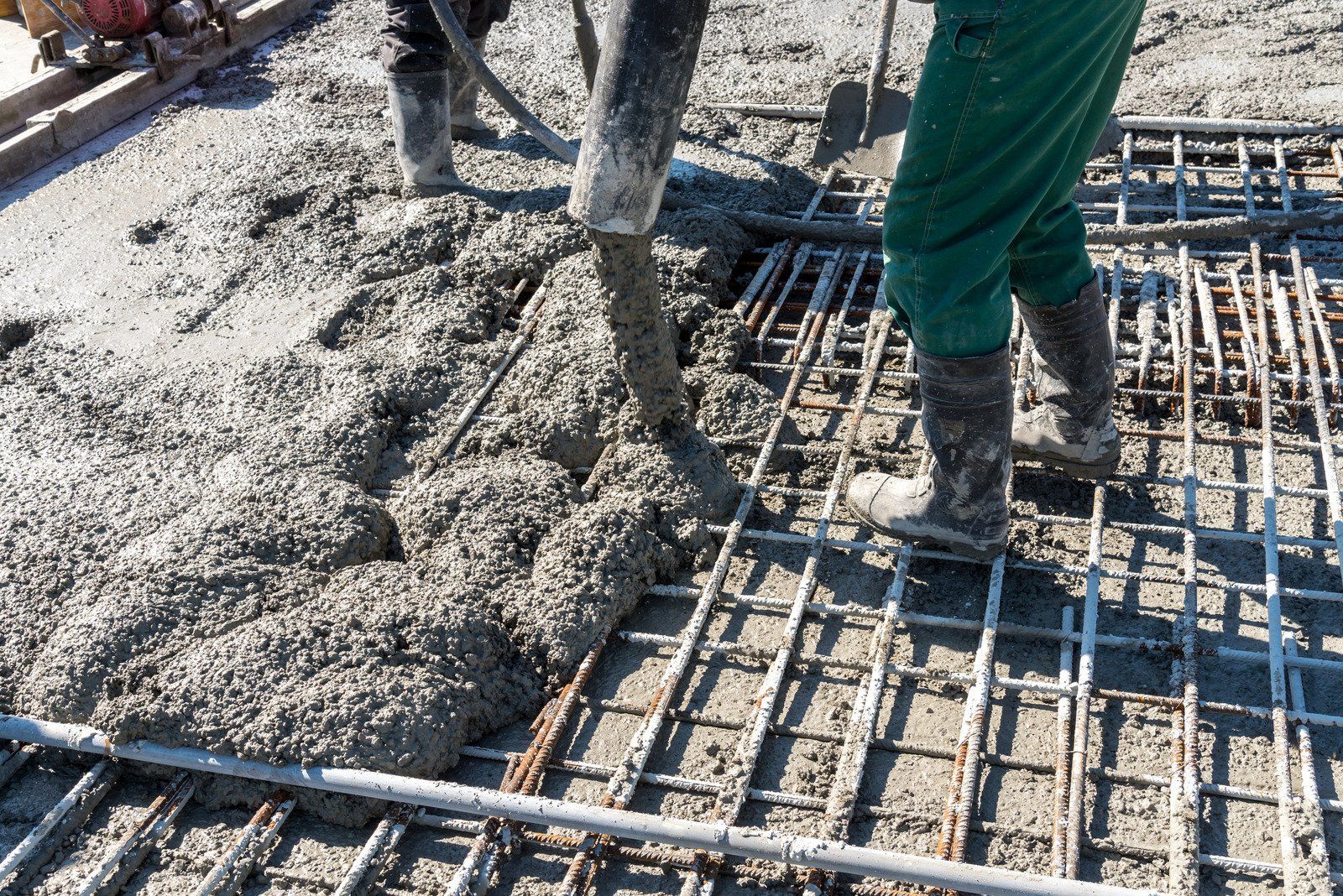CALL US: 253-651-0653
CALL US 253-651-0653
Moisture migration through concrete floors; a persistent non-fact
Moisture migration through concrete floors; a persistent non-fact
Robert Higgins
Trouble shooting/root-cause analysis with concrete, Consulting, teaching, product development
August 8, 2023
For several decades, like many others, I was taught and led to believe that all flooring and coating failures were caused by moisture migration from the underside of concrete.
Even in the presence of anomalies such as higher moisture levels present in the upper levels of multi story buildings, these anomalies were addressed in non-scientific terms in order to dismiss how and why moisture "originating" from the underside or from the concrete itself could be higher when there was no soil contact. Even more so when concrete was placed over non-breathing steel pan construction, the moisture levels could be higher than at grade level.
No Mystery, just story-telling
With these "mysteries", once I began to apply the laws of physics and thermodynamics, there was nothing mysterious about these apparent anomalies.
The second law of thermodynamics dictates that moisture moves from warm to cool. This is a bit of over simplification, since higher pressure to low pressure is the prevailing reason for this movement. It is possible for a cooler wetter environment to have a slightly higher pressure than a warmer, drier environment, but those conditions are usually transitory and have little overall impact on the long-term conditions.
When I was first becoming involved with floor moisture failures in the early to mid 1980's, it was considered a "fact" that flooring failures were caused by "hydrostatic pressure". Virtually every manufacturer had this language in their warranty for on-grade concrete and hydrostatic pressure was conveyed as something akin to the "boogeyman" in that this tremendous force could cause failure, even with an epoxy.
There was a slight problem with this "scientific-sounding" and "proven" cause of flooring failures, unless a floor was substantially lower than the water table directly AGAINST the floor, hydrostatic pressure was IMPOSSIBLE. Hydrostatic pressure is caused by the downward pressure exerted by gravity onto the water surface. The amount of pressure is DIRECTLY related to the depth of the water against a structure since it is the weight of water that causes the pressure. The pressure itself, although relentless, is very underwhelming when considering most structures on or even below grade. NOTE: I spent many years waterproofing underground structures, including 60 miles of the London Underground tunnels, tanks for Sea World and Marine World, animal enclosures for the San Diego Zoo, the H3 Tunnel on Oahu, Hawaii etc.
To put this in perspective, for each foot of water DIRECTLY against a structure, the amount of hydrostatic pressure is less than 0.5 psi per column foot, so a floor that is 10 feet below the water table can conceivably be exposed to hydrostatic pressure of slightly less than 5.0 psi. That will NOT cause a flooring failure....however, even when I pointed out this boogeyman and concern was non-existent for ANY on grade flooring or coating material, it took nearly 30 years to rid this from "most" of the warranty exclusions for grade and even above grade level concrete floors. This always reminds me of the adage; "It is easier to fool someone than it is to convince someone they've been fooled.
Likewise, when I discovered the moisture migration as the primary cause of flooring failures was also a myth, I at first became very angry in that I trusted those I looked up to to give me factual information. I became less angry when I realized the people I looked up to also had their mentors who THEY looked up to, giving them the same "urban myth" information that ended up becoming a misinformation legacy, based on a good faith belief.
Moisture Migration Through Concrete
Does this happen? Yes, but in a very limited way and in very specific environments. For the most part, this moisture migration from the soil, through concrete to the concrete surface, causing a floor or coating failure is pure myth.
One of the lessons I DID learn that was at least semi-accurate was that the underside of concrete maintains an overall cooler environment than the concrete itself, and the body of the concrete maintains an overall cooler environment than the concrete surface, and the concrete surface maintains an overall cooler environment than the ambient conditions over the concrete. Since bottom to top needs the moisture movement to violate the second law of thermodynamics, HOW is this moisture somehow "proven" to be moving from bottom to top?
Answer: It isn't. Moisture movement follows the law of thermodynamics even as we are taught to suspend our belief in that law to now believe a "non-fact" that became a fact because the legacy myth says so!
If it isn't Moisture Migration, What is causing flooring failures?
Although there are exceptions with complex influences, what is perceived as moisture migration is actually diffusion, and in other instances, a combination of diffusion and convection (convection is not going to be explored in this article).
Diffusion answers many of the mysteries as to the how and why contaminants can migrate from the underside to the top side (which is why I have included this link to diffusion examples). NOTE: water acts as a transport medium for water suspendible solids and salts. The moisture is essentially a roadway..the more accessible the roadway, the more "traffic"..larger, connected pores and capillaries then allow the contained moisture to try and achieve equilibrium through diffusion..THIS is how a contaminant can manage to eventually make it to the concrete surface. In dense concrete with restricted, non-connecting capillaries, this would NOT be an issue.
Now think about what we DID learn that was reasonably accurate; the concrete exposed to the ambient conditions is generally cooler than the ambient conditions which would encourage the moisture to move from the warmer (ambient air) to the cooler (concrete surface), and as we keep going, the moisture will continue to migrate inward until it reaches equilibrium and/or saturation.
Saturation within concrete is nearly constant; which in turn dispels yet another myth - water vapor transmitting through concrete. Water vapor or any other form of water cannot move through water...water in a liquid form is in its densest form as a liquid and is effectively incompressible. As a result the only possible way for water vapor to move is when it leaves the surface of a body of water, usually through evaporation.
This in turn explains another "mystery" where a fully functioning floor is removed, replaced and the new floor fails, as does the next and the next.
In a recent demonstration (unintentional as it was), a coating was removed from a 40 year old concrete slab. Fortunately the concrete was tested for moisture immediately before and after the coating was removed. Each of these measurements were identical 1.9% Tramex measurement.
However, in less than 15 minutes after removal of the coating, this same exact area was measured, with a dramatic moisture content increase: 4.3%!
Now, think of what the industry-standard procedure encompasses; If an existing coating or flooring is removed, it is recommended to allow the concrete surface to "vent" before testing for moisture. Again, this procedure is based on the false premise that moisture is originating FROM the concrete. Think of what WOULD have happened if the concrete hadn't been pretested to prove the concrete was dry. The 4.3% moisture measurement would likely had been excessive, upwards of 6% or higher...the assumption? This moisture is "originating" from the concrete and needs to be mitigated. The concrete is shot blasted (likely removing most, if not all the hygroscopic material that collected in the surface that absorbed the moisture so rapidly), a moisture mitigation is applied and viola, we have a "successful" moisture mitigation, when in reality, all that was accomplished was a colossal waste of time and money. It is VERY likely the shot blast alone, along with site monitoring would have mitigated this issue without all that additional expense. Current standards do not allow for an effective establishment of a moisture baseline. Without a baseline, it becomes impossible to ascertain what may or may not have been effective...keeping the mysteries flowing with speculation and illusory correlations!
Even as the moisture claims have climbed (more like exploded) to an estimate 3 billion per year (and continue to get worse), most if not ALL of this expense was completely unnecessary. An associate (Larry Marvel) has been giving classes on the proper implementation of site monitoring with his track record speaking for itself. This who have learned this, not only do not have the repeating costs using testing of questionable value, there are essentially NO repeating costs with this site monitoring and (drum roll please)...in the three years of this site monitoring implementation, the installers have eliminated their moisture claims.
A drum I keep beating and won't stop until the nonsense/nonscience goes away; what value is ANY testing protocol if it isn't solving problems?
Diffusion demonstration: https://youtu.be/fN7b1aBunoM









